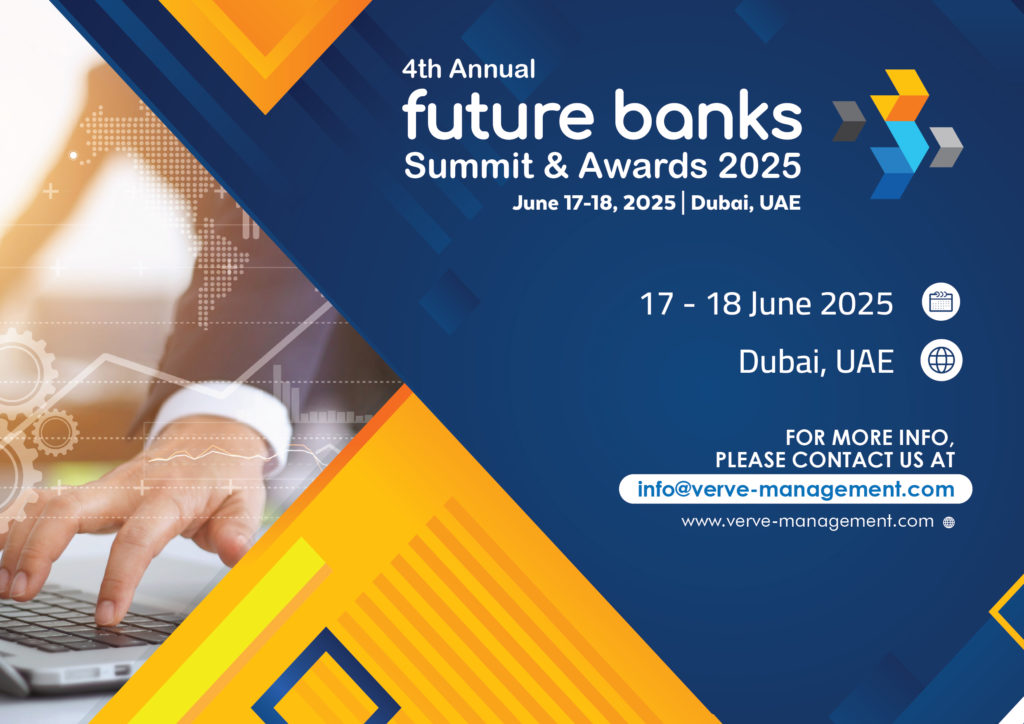The Insurance Crime Bureau (ICB), in partnership with SAS among others, held its annual conference earlier this month in Johannesburg under the theme of “Breaking Barriers & Building Bridges for the Future”. It saw more than 200 industry professionals, including insurance investigation teams, and government and law enforcement agencies come together to network and identify ways of collaborating to unify efforts to combat the rapidly evolving fraud landscape.
RELATED: Fighting fraud and financial crimes in the Generative AI age
“Working alone, one insurer’s fraud-fighting team may lack the history linked to a particular entity or may not be able to tell whether the claim that they are looking at is part of a greater criminal network. This is where industry players working together and consortiums are so important,” says Nick Feast, Principal Business Solutions Manager, Risk, Fraud & Compliance at SAS who was one of the speakers at the ICB event.
Adding: “An insurance consortium has all the pieces of the puzzle. With its diverse and wide-spanning dataset, the consortium can highlight connections and find overarching patterns invisible to an individual insurer’s special investigations unit. Consortiums can pull together a complete claim history linked to a particular individual or address. Some consortiums also work to find new data, hosting tip lines to garner insurance fraud information from anonymous sources.”
According to Feast, the ICB event highlighted several of the top concerns for local industry players.
“All insurers have data challenges. However, insurers are slightly behind the curve when compared to some other sectors, which have invested more in technology and often have better data and analytics. While some insurance stakeholders are advanced from an analytical perspective, more must be done to bolster efforts in this regard as many insurers still rely on manual investigations, a siloed approach, and not having a standardised way of working.”
He says that advances in technology, specifically AI-enabled data analytics that support the fight against insurance fraud, have made some inroads in this area. However, Feast admits that some investigation units are not at the point of using AI analytics at scale yet.
“I have seen some insurers here that have good in-house data science teams in place to assess claims and spot fraud throughout the insurance lifecycle. They are doing good work and are drawing on AI capabilities to spot fraud as early as possible. While SAS has extensive analytics capabilities and an environment in place that can automate much of this, there has to be a combination of both technology and human resources.”
Feast believes analytics and technology should never replace in-house data scientists. Instead, it is about augmenting their work and giving them an environment to flourish and inject efficiencies in model development, testing and deployment. The same applies to investigators. “Skilled and talented people are still the most valuable resource when it comes to combating fraud. They have logic and reasoning which AI cannot provide.
One of the interesting topics of discussion at the event centred on generative AI (GenAI) and its impact on fraud. It has become easy to create synthetic identities, forged documents, medical records, photos, videos, and so on which pose a significant threat to the industry.
“Insurance will feel the pain of these advanced attacks. As such, they need to embrace more sophisticated capabilities to detect this kind of fraud. On the flip side, GenAI is seeing more apps being introduced to improve the customer experience and journey while taking care of some everyday tasks through chatbots,” says Feast.
However, insurers need to be cautious to not use large language models (LLMs) on their own. There must still be a platform in place to integrate LLMs with a decisioning environment. Additionally, many businesses do not have the amount of data needed to train their models.
“SAS is currently focusing on a number of initiatives around GenAI, including synthetic data generation, which can provide organisations with an increased volume of data to use in model building, whilst protecting the integrity and security of the organisation’s own data. We are also focusing on co-pilots to make daily tasks easier, including in specific aspects of the analytics lifecycle, as well in more business-level tasks, including investigation,” he adds.
Feast closed the session by cautioning insurers to remember that AI will be no good without good data, and that analytics will only be effective if its trustworthy and transparent, and the subject of ongoing monitoring.


































